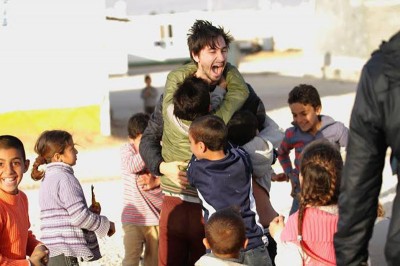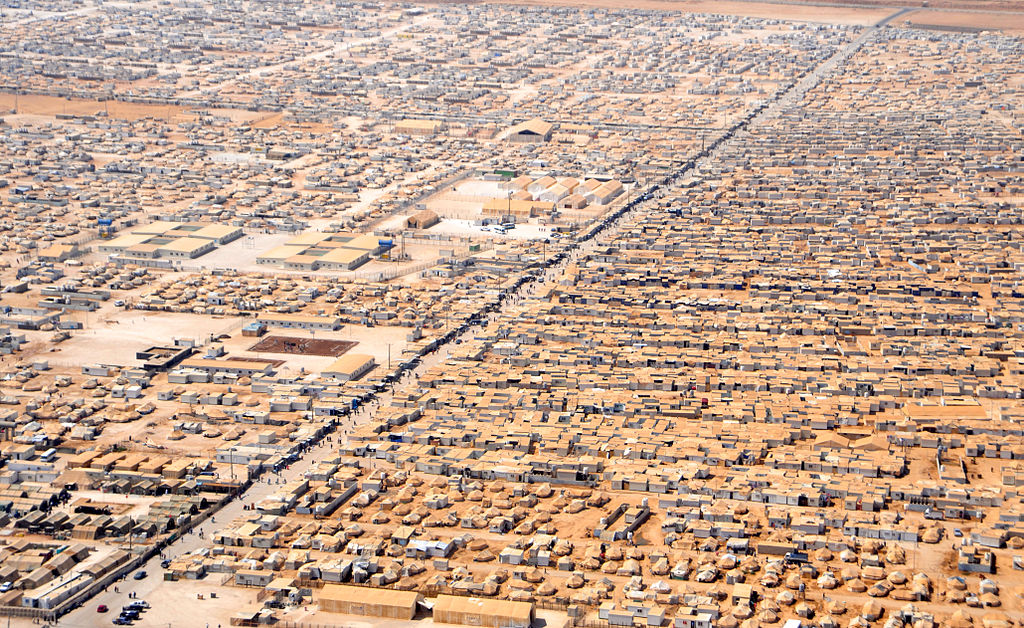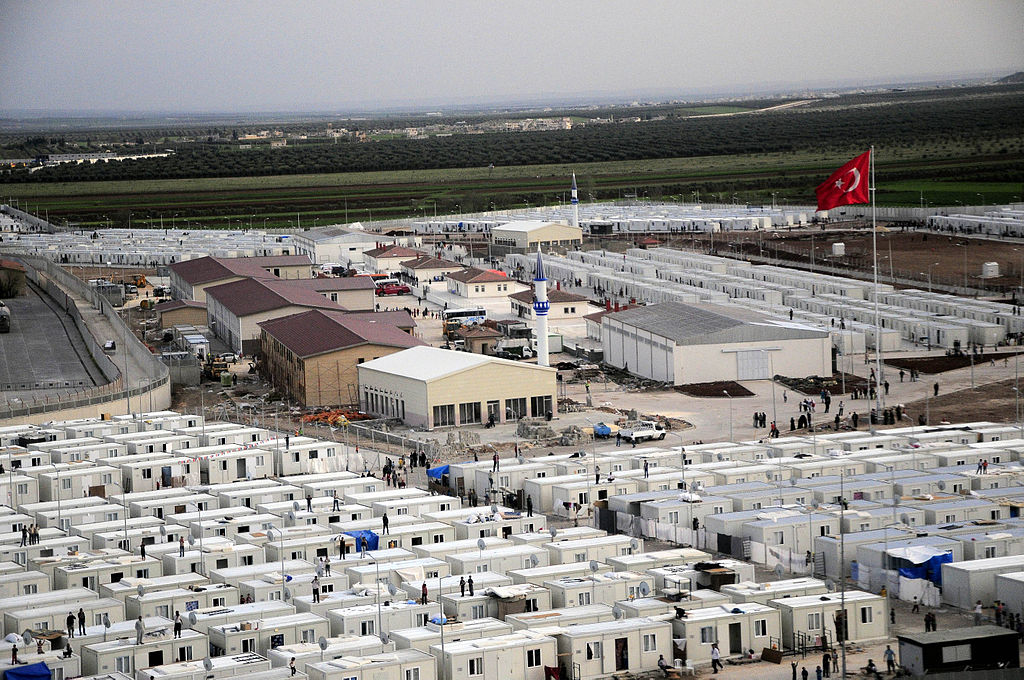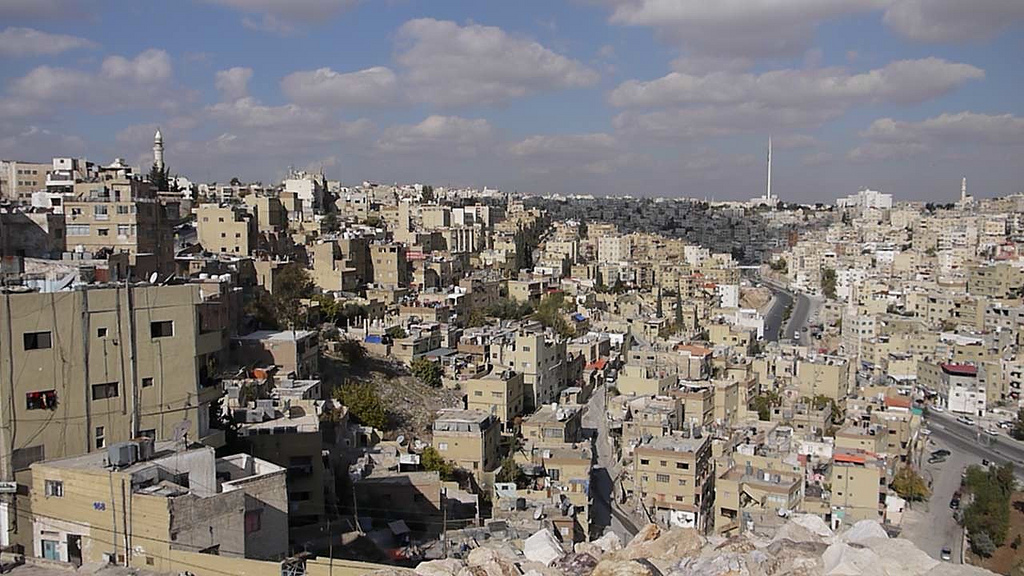
Today marks the three-year anniversary of the start of the Syrian Uprising.
Since then, the European Commission reports that 6.5 million Syrians have been internally displaced and another 2.5 million have registered or are waiting to register for refugee status abroad. Refugees find themselves living in very different conditions — from apartments in urban cities to canvas tents lining dirt roads.
Zaatari, Jordan
Population ~104, 883

When someone pictures a “refugee camp,” Zaatari is the kind of place that comes to mind: makeshift tent shelters, muddy thoroughfares, and UNHCR emblazoned on every facility.
Since it opened in July 2012, Zaatari has become the 4th largest city in Jordan. It is home to the world’s largest concentration of Syrian Refugees.
The camp is made up of 12 districts that each have their own “street leaders” who coordinate with UNHCR representatives to distribute aid in the most efficient way possible. Sean Leonard, a Northwest filmmaker, spent about a month in Zaatari earlier this year, trying to capture the humanity behind the headlines of the Syrian conflict.
“We were the first filmmakers to ever be given a tent and stay in the Zaatari camp,” Leonard said. This allowed the team unprecedented access to the day-to-day realities of the camp.
“One thing that really struck me right off the bat was how innovative and entrepreneurial the Syrian refugees were,” he said, describing the Champs Elysées: Zaatari’s main drag, a market where you can find anything from Falafel to wedding dresses. In fact, he said that one of the shops is “so popular that people from Jordan, [and] from Amman have come to buy wedding dresses.”
Kilian Kleinschmidt, the manager of UNHCR for Zataari described the camp as “something much more than permanent.” Zaatari only becomes more permanent every time a new refugee settles in a tent, opens a business or gets married in the camp.
Kilis, Turkey
Population~ 14,000

Kilis, located in South-Central Turkey near the Syrian border, was featured in a New York Times article titled “How to build a perfect refugee camp.” That is in part because of how different it is from the image of a “refugee camp” ingrained in our collective imagination.
Kilis is laid out in neat rows of identical containers that house families. Occupants scan cards with their fingerprints for entry, and not a single haphazard tent is set up within its borders.
The camp is funded by the Turkish government and in legal definitions the occupants are not refugees but rather “guests of Turkey.” People are given something like a debit card, which is allocated $40 for food and $10 for sundries per person per month. They can use these at grocery stores which look much like ones you would see in the US. Other stores range from barbershops to gaming cafes. This allows the Turkish government to provide for the refugees while also stimulating their own economy.
In many refugee camps, education is a major shortcoming. But at Kilis 2,000 children are going to school. One Syrian teacher admitted that learning conditions in Kilis are better than they were back in Syria. This, in addition to the security found in the camp makes Kilis an ideal destination for Syrian refugees. Dozens more refugees are waiting outside the camp for living space in a container to open up.
Urban Refugees
Population: Unknown

Eighty percent of those that have fled the conflict in Syria live outside of camps, making up a population of “forgotten refugees” that have a large presence in Jordan, Lebanon, and Turkey. These refugees are much harder to count, let alone aid, than those that live in camps.
Seattleite Rita Zawaideh leads a humanitarian effort to help urban Syrian refugees living in Jordan.
“[Syrians] said ‘look, if I can live in a city then I can be secure,” Zawaideh said, explaining the draw for many Syrians to stay out of refugee camps. “There’s people that end up getting out of the Zaatari camp and they end up going back to Syria because life is better in the war than it is in the refugee camp,” Zawaideh said. But life can be just as tough for those living in urban settings.
Syrians who arrive in new cities illegally often can’t find work or aid, and can get stuck in a dangerous limbo. If their passports expire, they would have to return to Syria to get them renewed, a risk that most are not willing to take.
That being said, the Syrian entrepreneurial spirit Sean Leonard observed is not contained to the refugee camps. It may be illegal for refugees to start businesses, but “in the city we have women who have started their own catering company,” Zawaideh said. Due to the high regard for Syrian cuisine, business is good.
In another example, Syrian women are training others who have only ever worked on farms to work in a beauty salon. “They are all trying to help each other, because life goes on,” Zawaideh said.

